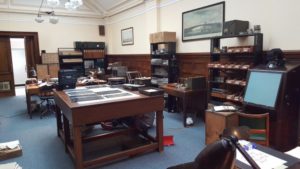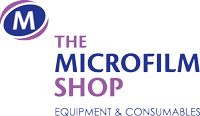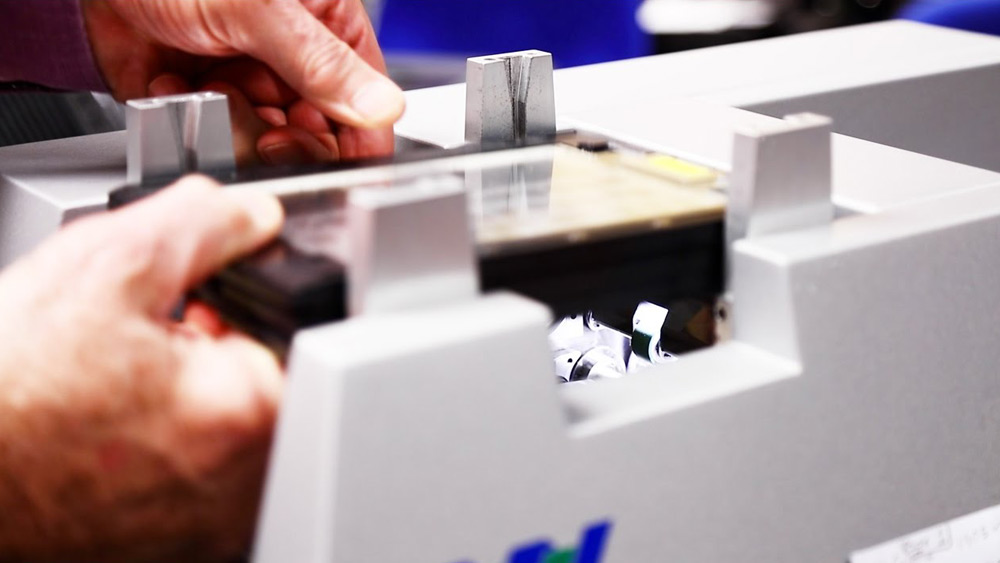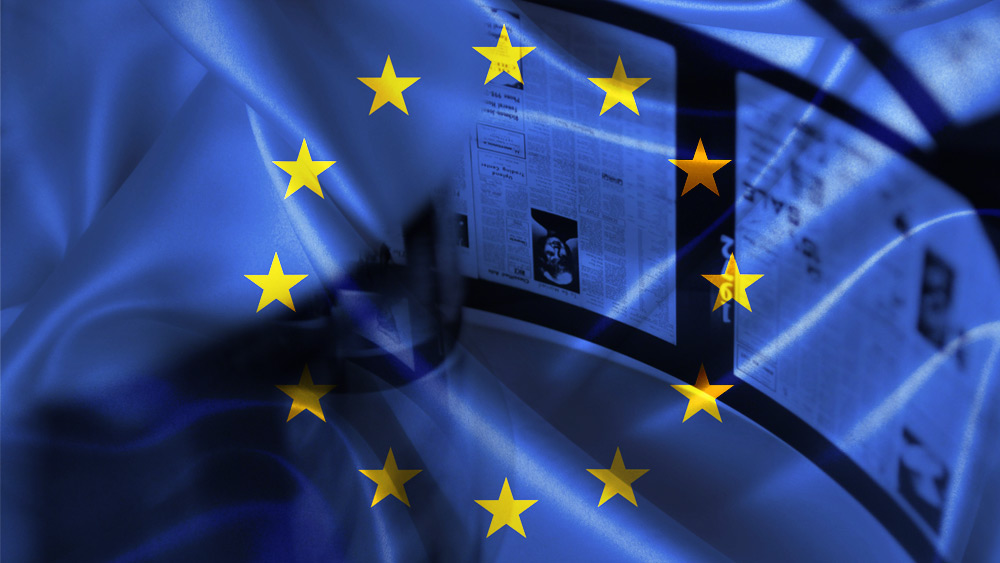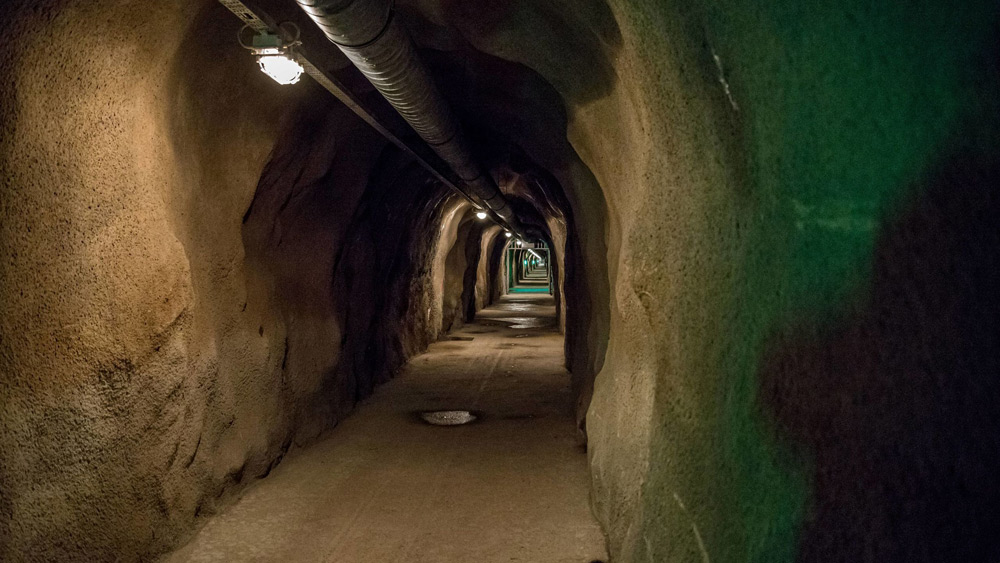There are huge quantities of microfilm material in the archives of organisations and institutions in…
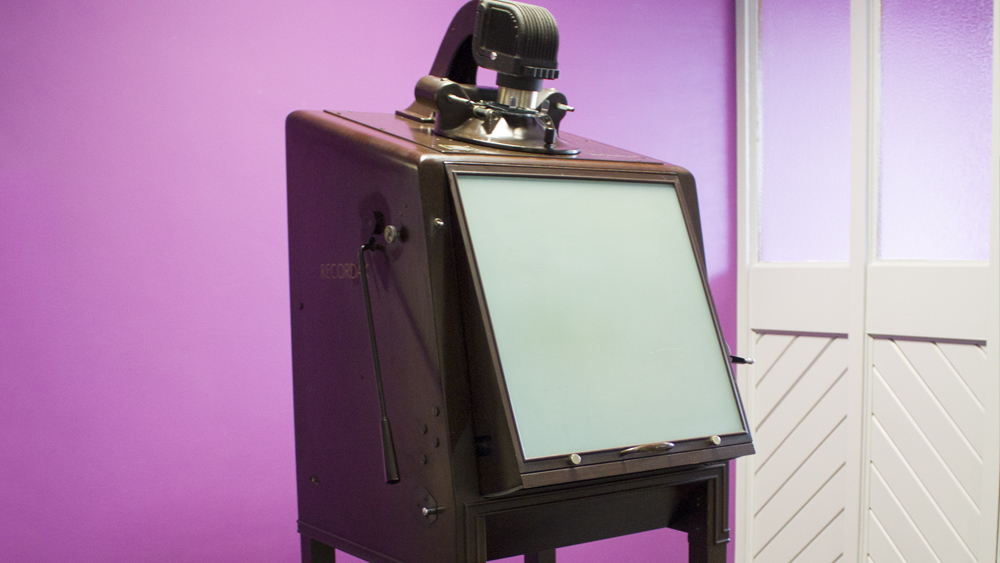
Have you seen a Microfilm Reader older than this?
You’ve probably noticed by now that although we embark on many different projects involving digitisation we still feel very strongly about our old friend microfilm. “Microfilm – It’s not all negative” After all it is microfilm that has made Genus the success it is today, so when our good friend Trevor Ray of ASM Data Core kindly donated this 1940’s microfilm reader for us to restore, of course, we jumped at the chance.
This beautifully made reader called the Recordak Library Film Reader (Model C) was built in the 1940’s and from a bit of research on the internet, we think these models were used in the USA 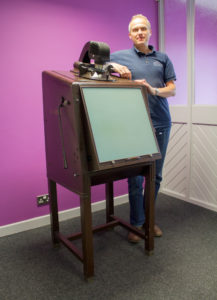 during World War II by the OSS (Office of Strategic Services) to read microfilm sent from their overseas bases. The OSS was a wartime intelligence agency of the United States during World War II, and a predecessor of the modern Central Intelligence Agency (CIA). The OSS was formed to coordinate espionage activities behind enemy lines for the United States Armed Forces branches. (Wikipedia)
during World War II by the OSS (Office of Strategic Services) to read microfilm sent from their overseas bases. The OSS was a wartime intelligence agency of the United States during World War II, and a predecessor of the modern Central Intelligence Agency (CIA). The OSS was formed to coordinate espionage activities behind enemy lines for the United States Armed Forces branches. (Wikipedia)
When the reader was brought back to the office it certainly caused quite a buzz, not just for its distinctive vintage features but also its history and the origins of this piece. Where was it used? Were they used in the UK and if not how did it get here? We have many questions but from what we can see there is very little information about it online so we thought – why not ask our followers? After all, we work with a lot of archives and museums, so who better to ask? So, to all of our customers, followers, history buffs alike, if you work or have worked with anything like this we would love to know your theory or the history of this piece and we are especially intrigued to find out if you have anything like this or older in your collections?
All responses will be published on this very blog page with the author’s name and organisation along with any pictures of older microfilm equipment that you may have…. So let the fun begin.
The reader is currently being restored by our extremely talented engineer Simon Bloomfield. Amazingly this piece was in really good condition with the original bulb still intact, so with a few tweaks here and there Simon will have it in full working order in the next few days. See below for the latest responses. Please fill in the comments box or email Hayley – info@genusit.com
In July 1940 Colonel (later General) Donovan, who held the post of Coordinator of Information (COI), an American intelligence gathering network flew to the UK. He came as the personal representative of President Roosevelt, J. Edgar Hoover, head of the FBI, and Frank Knox, US Secretary of the Navy. He had meetings with Churchill at Downing Street and also with senior members of the British Security services (MI5 and MI6). He returned to USA and immediately arranged for a substantial quantity of Kodak microfilm equipment to be sent to the UK to assist in the intelligence gathering here. Unfortunately the ship carrying the first consignment of cameras and readers was lost as the ship carrying the equipment was torpedoed by a German U-Boat and sank. A second consignment was sent and made it through.
In June 1942 Donovan was promoted to general and made director of the newly formed Office for Strategic Services (OSS). He used his friend Eugene B. Power’s knowledge of microfilming to set up numerous clandestine microfilming operations in the UK where the Secret Services were already collating documents that had been gathered by British agents throughout Europe. Within months eight microfilm cameras were filming round the clock at various locations including the British Museum Library (BML), the Victoria and Albert Museum (V&A), Longleat House in Wiltshire, Woburn Abbey (which was also at that time a billet for a number of Wrens working at Bletchley Park), and 23 other locations. Cameras and photographers were also sent to various locations in Europe where sacks of mail from Berlin were clandestinely opened and microfilmed before being resealed!
After the war Eugene B. Power set up an English subsidiary of his US company and called it University Microfilms Ltd. The company was run by Mrs. Phyllis Cain, an amazing lady who had also had a very interesting war and whom I was privileged to know. I joined the company in 1961 and microfilmed many interesting documents during the ‘Cold War’.
– Michael J Gunn, Author of the Manual of Document Microphotography
Update: Our microfilm reader was featured in ITV’s Granchester Christmas special. Sidney Chambers and the microfilm operator scroll through newspapers to help them solve the crime. Watch the short clip below or the full episode on the ITV player.
Update – December 2017: Our 1940’s Microfilm Reader has become quite the star, having recently been hired by Netflix to feature in The Crown. Here’s a photo of it on set prior to filming!
See if you can spot it in The Crown – Series 2, Episode 6, around 3 minutes in.
